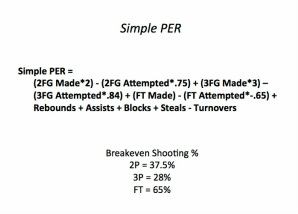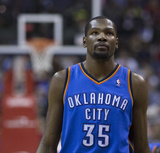COMMIT …. be willing to sacrifice yourself for the good of the team
COMMUNICATE .... open your mouth and talk effectively
CONSTANT .… always be aware and in a stance, especially when off the ball
CONTEST…. challenge everything - shots, positioning, dribbling, and passing
CONVERT …. from offense to defense, don’t get beat in transition. Sprint back!
CONTAIN …. the ball handler, never give up a straight line drive
CLOSE OUT …. under control on every shooter giving no open shots
CHASE …. all rebounds and loose balls, be willing to get on the floor for the ball



 RSS Feed
RSS Feed
